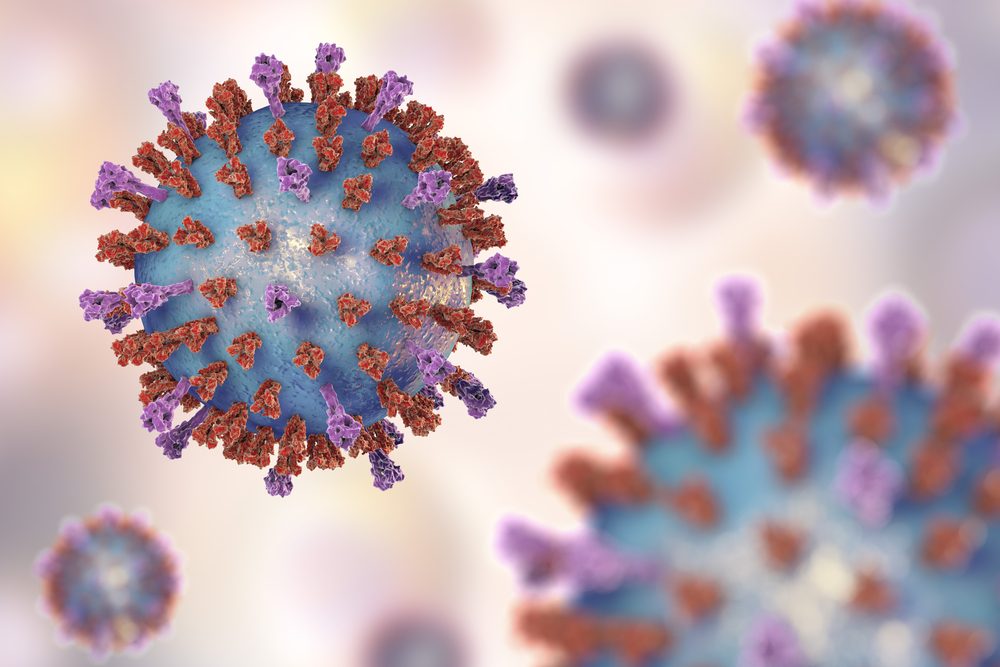COVID-19 Inflammation May Result in Angioedema Symptoms, Case Report Finds
Written by |

A case report describes a man with confirmed COVID-19 who developed acute angioedema — a skin symptom that had not previously been associated with the virus — in his lips.
“To our knowledge, there has not been any description in the medical literature of angioedema and SARS-CoV-2 infection to date,” the investigators wrote.
The case report, appearing in the journal Infectious Disease Reports, was titled “Angioedema and COVID-19: A New Dermatological Manifestation?”
Often triggered by an allergic reaction, angioedema is a skin condition characterized by swelling of the deep layers of the skin and the mucus membrane.
The condition is related to hives, which cause swelling of the upper skin layers. However, despite reports associating hives and other skin symptoms with COVID-19, no cases of angioedema have yet been linked to the disease.
Researchers at the Nord Franche-Comté Hospital, in France, now reported the case of a 34-year-old man with COVID-19 who experienced acute angioedema of the lips.
The man was first treated at the hospital in March 2020 for headache and a runny nose. After three days, he experienced a loss of taste and smell, with no corresponding nasal congestion.
He was diagnosed with COVID-19, confirmed by a positive PCR test. Fever and fatigue appeared six days after the initial symptoms, followed by the development of angioedema of the lips on day seven.
The patient had a history of asthma and allergies to pollen and cat hair. However, no medications or environmental factors could be attributed to triggering angioedema. The symptoms persisted for three hours before completely disappearing within 16 hours of onset.
Notably, the man’s acute angioedema appeared in the second week of COVID-19 onset, which is sometimes characterized by a worsening of existing symptoms and the manifestation of new ones.
Although the exact cause of this “second wave” of symptoms is unknown, it may result from an increase in the secretion of inflammatory cytokines — signaling molecules secreted by immune cells to communicate with each other — called a cytokine storm.
Cytokines can lead to an increase in blood vessel permeability, allowing fluid to escape into the deep layers of the skin and to cause the swelling that characterizes angioedema attacks. Therefore, the increase in cytokine production related to COVID-19 was likely what caused the patient’s angioedema, the scientists said.
These investigators also note that the patient’s viral load at diagnosis (7.4 log copies per mL) was higher than the average of the 68 patients diagnosed with COVID-19 at the same hospital in the first two weeks of March (5.5 log copies/mL). That find “could partly explain an enhanced inflammatory state in our patient,” they wrote.
“Furthermore, urticaria [hives] in COVID-19 could occur most frequently in patients with favorable factors, such as allergic conditions — such was the case for our patient,” they added.





